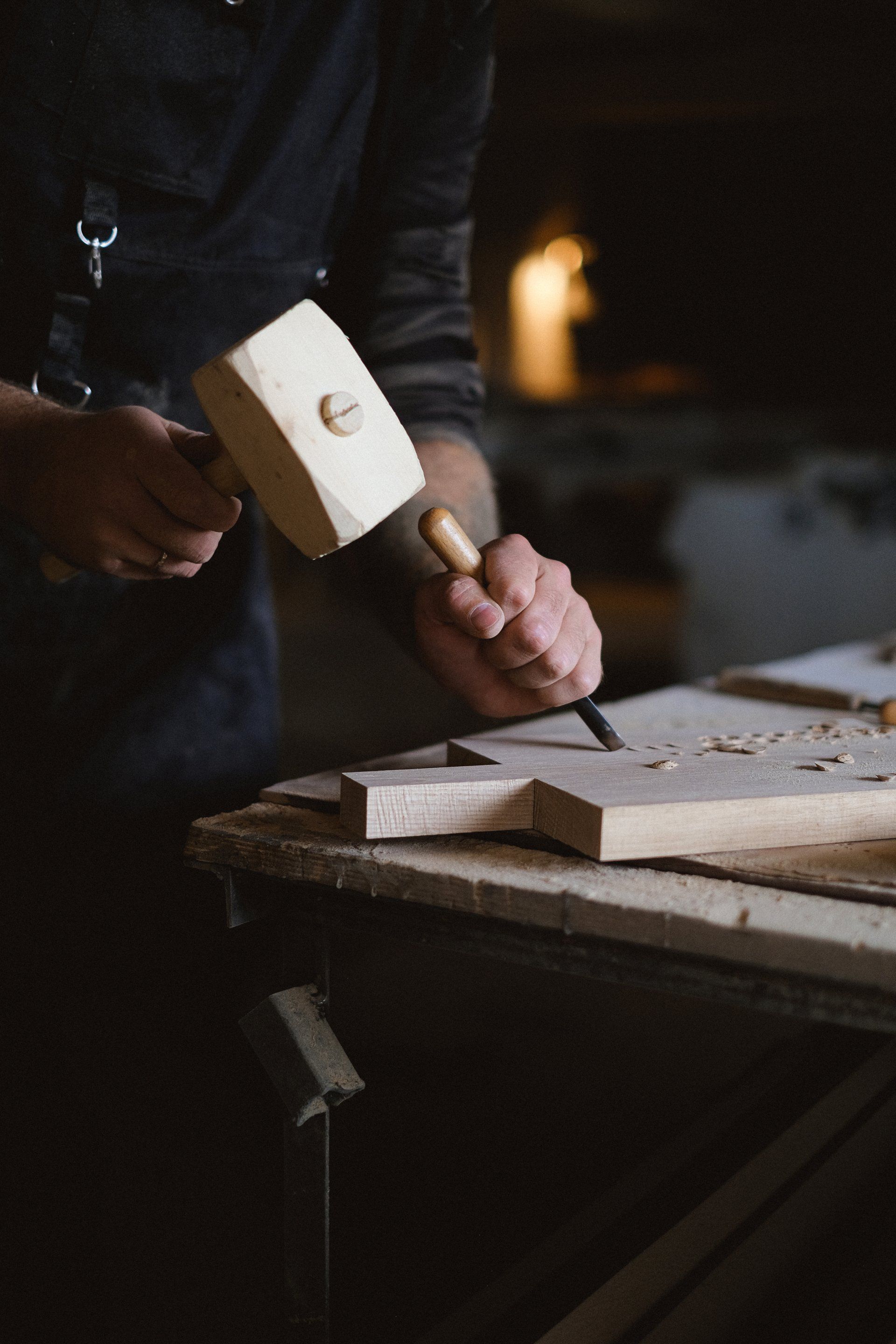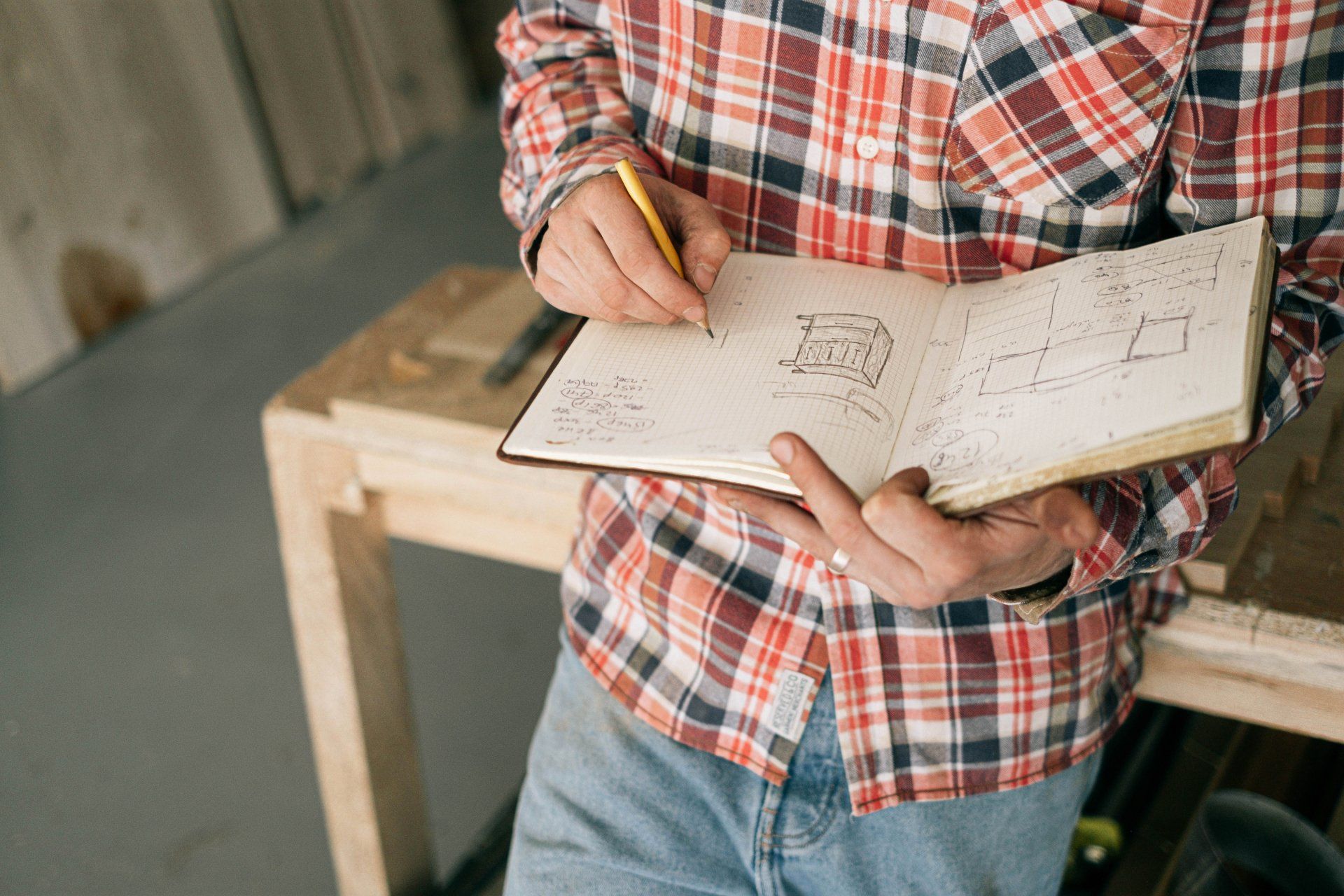Toronto Carpenters
Welcome to Toronto Carpenters, Toronto's premier carpentry business. With over 20 years of experience and a team of skilled craftsmen, we are dedicated to providing the highest quality custom woodworking, cabinetry, and furniture restoration services to our clients. Trust us to bring your vision to life with expert craftsmanship, attention to detail, and exceptional customer service. Choose Toronto Carpenters and experience the difference of working with Toronto's number one carpentry business.
How to know if Cedar is the right material for you

Welcome to our comprehensive guide on cedar decks! In this article, we will explore the world of cedar decking and provide you with all the information you need to know about this popular and versatile material. Whether you're considering building a new deck or renovating an existing one, cedar offers an excellent choice for your outdoor space. Let's dive in!
What is a Cedar Deck?
A cedar deck is an outdoor structure built using cedar wood as the primary material. Cedar is a type of softwood known for its natural beauty, durability, and resistance to decay and insects. It is widely used for constructing decks, as it provides an attractive and long-lasting solution for outdoor living spaces.
Benefits of a Cedar Deck
Natural Beauty: Cedar has a distinct, warm-toned appearance that adds a touch of elegance to any deck. Its rich color variations and beautiful grain patterns create a visually appealing outdoor space.
Durability: Cedar is a naturally durable wood that can withstand the elements, including rain, sun, and wind. It resists warping, cracking, and splitting, making it an ideal choice for a long-lasting deck.
Resistance to Decay and Insects: Cedar contains natural oils and tannins that act as preservatives, making it highly resistant to decay, rot, and insect damage. This feature helps maintain the structural integrity of your deck over time.
Softness and Comfort: Unlike some other decking materials, cedar has a soft and comfortable underfoot feel. It remains relatively cool even in hot weather, making it pleasant to walk on barefoot.
Environmentally Friendly: Cedar is a sustainable and renewable resource. It is harvested from responsibly managed forests, making it an eco-friendly option for decking.
Choosing Cedar for Your Deck
When selecting cedar for your deck, consider the following factors:
Grade of Cedar: Cedar decking is available in various grades, ranging from clear (highest quality) to knotty (more rustic appearance). Choose a grade that matches your aesthetic preferences and budget.
Sourcing: Ensure that the cedar you choose comes from reputable sources that practice sustainable forestry. Look for certifications such as Forest Stewardship Council (FSC) to guarantee responsible harvesting practices.
Dimensional Stability: Opt for kiln-dried cedar, as it undergoes a drying process that enhances its stability and minimizes shrinkage and warping.
Finishing Options: Cedar can be left untreated to age gracefully with a silver-gray patina, or it can be stained or sealed to maintain its original color. Consider your desired maintenance level and aesthetic preferences when deciding on a finish.
Design Considerations
Deck Size and Layout: Determine the size and layout of your deck based on your available space, desired functionality, and aesthetic goals.
Elevation and Stairs: If your deck requires steps or multiple levels, plan their location and design accordingly for easy access and visual appeal.
Railings and Balusters: Explore different railing options, such as wood, metal, or glass, to enhance the safety and aesthetics of your cedar deck.
Built-in Features: Incorporate built-in benches, planters, or storage solutions to maximize the functionality and enjoyment of your outdoor space.
Building a Cedar Deck: Step-by-Step Guide
Preparing the Site: Clear the area, mark the boundaries, and ensure proper drainage to create a solid foundation for your deck.
Obtaining Permits: Check local regulations and obtain any necessary permits before starting the construction process.
Creating the Deck Frame: Build a sturdy and level frame using pressure-treated lumber, following the design and layout plan.
Installing Cedar Decking Boards: Secure the cedar decking boards to the frame, leaving appropriate gaps between each board for expansion and drainage.
Adding Finishing Touches: Install the railings, stairs, and any additional features or accessories to complete your cedar deck.
Deck Maintenance and Care
Proper maintenance and care will help extend the lifespan of your cedar deck. Consider the following tips:
Regular Cleaning: Sweep or rinse off debris regularly and clean the deck surface with a mild soap and water solution to remove stains or dirt buildup.
Sealing or Staining: If you desire to maintain the original color of the cedar, apply a clear sealant or stain every few years to protect the wood from moisture and UV damage.
Preventing Mold and Mildew: Keep your deck free from leaves, dirt, and standing water to minimize the risk of mold and mildew growth. Trim nearby foliage to improve airflow and reduce shade.
Avoid Harsh Chemicals: When cleaning your deck, avoid using harsh chemicals or pressure washers, as they can damage the wood fibers. Stick to gentle cleaning methods to preserve the integrity of the cedar.
Enhancing Your Cedar Deck
Outdoor Furniture: Select comfortable and weather-resistant furniture to create a welcoming and functional outdoor living space.
Lighting: Incorporate ambient and task lighting to enhance the ambiance and usability of your deck during evenings and nights.
Decorative Elements: Add potted plants, outdoor rugs, cushions, and other decorative elements to personalize and beautify your cedar deck.
Comparing Cedar with Other Decking Materials
Cedar decking offers several advantages over other common decking materials:
Cedar vs. Pressure-Treated Lumber: Cedar is naturally resistant to decay and insects, while pressure-treated lumber requires chemical treatment for protection. Cedar also provides a more appealing aesthetic.
Cedar vs. Composite Decking: Cedar offers a natural look and feel, whereas composite decking is a synthetic material designed to mimic the appearance of wood. Cedar is generally more eco-friendly and doesn't require the periodic maintenance that composite decking does.
Sustainability of Cedar Decking
Cedar is considered a sustainable option for decking due to the following reasons:
Renewable Resource: Cedar trees can be regrown, and responsible forestry practices ensure the replenishment of cedar forests.
Low Carbon Footprint: Compared to other decking materials, the production and processing of cedar require less energy, resulting in lower greenhouse gas emissions.
Biodegradable and Recyclable: Cedar is a natural material that decomposes over time, posing minimal environmental impact when disposed of responsibly.
Cedar decks offer a beautiful, durable, and environmentally friendly solution for your outdoor living space. With its natural resistance to decay and insects, cedar provides a long-lasting and low-maintenance option. By following proper design, construction, and maintenance practices, you can enjoy a stunning cedar deck for years to come.


